Home>Garden Essentials>What Do Mum Seeds Look Like
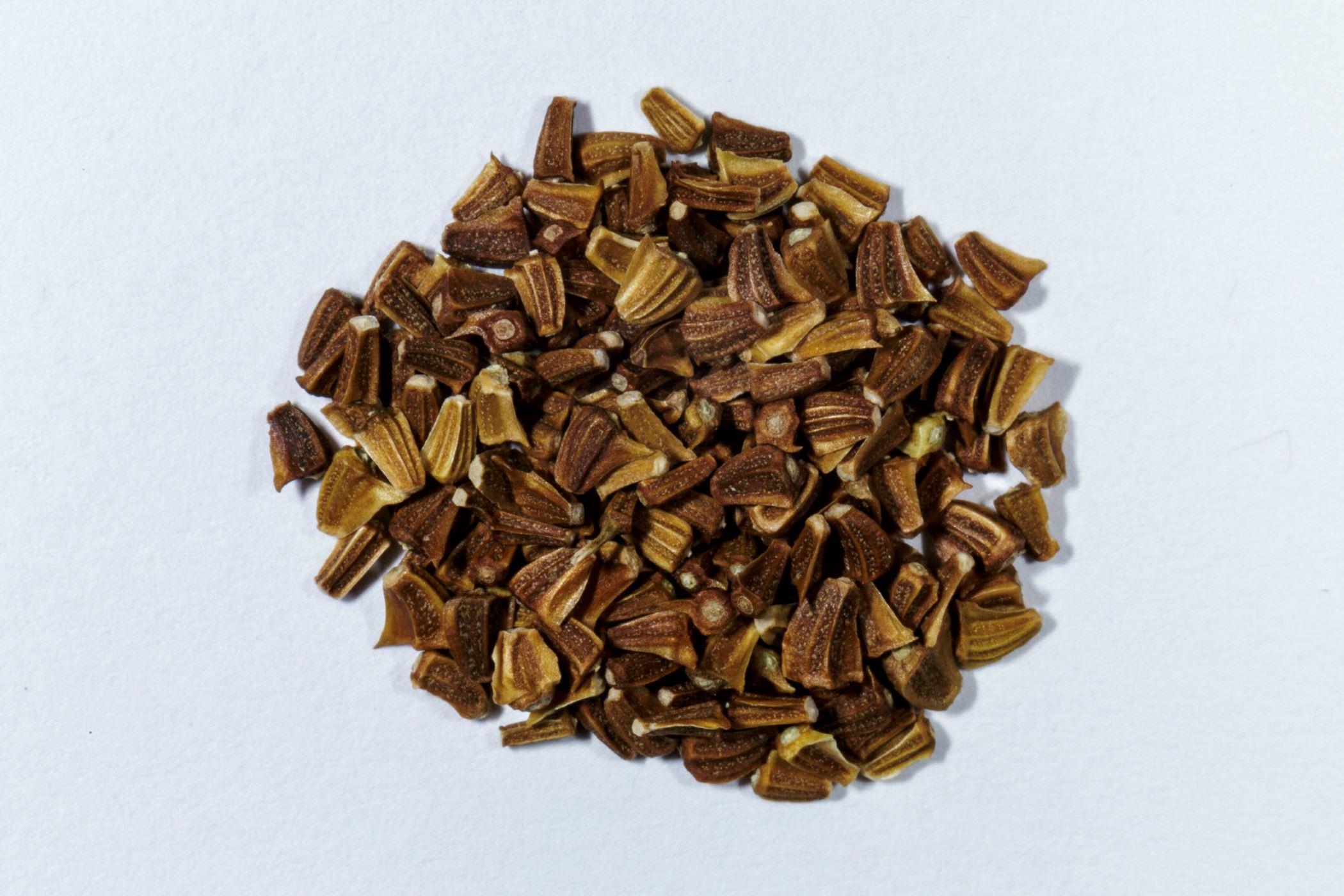

Garden Essentials
What Do Mum Seeds Look Like
Modified: May 6, 2024
Curious about what mum seeds look like? Learn more about these beautiful flowers for your garden and discover their unique characteristics.
(Many of the links in this article redirect to a specific reviewed product. Your purchase of these products through affiliate links helps to generate commission for Storables.com, at no extra cost. Learn more)
Introduction
When it comes to gardening, understanding the different types of seeds is crucial in ensuring successful germination and healthy plant growth. One type of seed that is commonly used in gardens is mum seeds, also known as chrysanthemum seeds. These seeds give birth to beautiful and vibrant flowers, making them a popular choice among garden enthusiasts.
Mum seeds are known for their hardy nature and ability to flourish in a variety of climates. Whether you have a small backyard garden or a large flower bed, growing mums from seeds can be a rewarding experience. But before you embark on this journey, it’s important to understand the characteristics of mum seeds and what they look like.
Key Takeaways:
- Mum seeds, also known as chrysanthemum seeds, are small, smooth, and slightly glossy with a protective outer layer. Understanding their size, shape, color, and texture is crucial for successful germination and propagation.
- When sowing mum seeds, it’s important to handle them with care due to their small size and oblong shape. The various shades of brown and occasional reddish hues add visual interest, making the planting process engaging and enjoyable.
Read more: What Do Mums Look Like In The Summer
What are Mum Seeds?
Mum seeds, also known as chrysanthemum seeds, are the reproductive structures of the chrysanthemum plant. Chrysanthemums belong to the Asteraceae family and are native to Asia and northeastern Europe. They are well-known for their vibrant and showy flowers that come in various colors, shapes, and sizes.
Mum seeds are produced when the chrysanthemum plant reaches maturity and completes its flowering cycle. These seeds play a vital role in the plant’s reproduction process as they contain the genetic information needed to grow and develop into a new chrysanthemum plant.
Chrysanthemums are perennial plants, meaning they can live for multiple years. They produce new flowers each year, and their seeds are the key to propagating new plants. By collecting and planting mum seeds, gardeners can grow their own chrysanthemum plants and enjoy their stunning blooms year after year.
It’s important to note that although mum seeds are commonly referred to as chrysanthemum seeds, different varieties of chrysanthemums may have slightly different seed characteristics. However, in general, mum seeds share some common characteristics that make them easily recognizable.
Characteristics of Mum Seeds
Mum seeds possess distinct characteristics that make them unique and distinguishable from other types of seeds. Understanding these characteristics can help gardeners identify and handle mum seeds properly. Here are some key characteristics of mum seeds:
Size and Shape:
Mum seeds are generally small in size, ranging from 1 to 3 millimeters in diameter. They have an oblong or oval shape with a slightly flattened appearance. The size and shape may vary slightly depending on the specific chrysanthemum variety.
Color:
Mum seeds come in a range of colors, depending on the chrysanthemum variety. Some seeds may be dark brown, while others may be light brown or tan. The color of the seeds is not an indication of their viability or quality; rather, it is primarily determined by the color of the parent chrysanthemum flowers.
Read more: What Do Coneflower Seeds Look Like
Texture:
The texture of mum seeds is smooth and slightly glossy. When held in your hand, they feel firm and have a slight hardness to them. This hardness helps protect the delicate embryo inside the seed and ensures its survival until it is ready to germinate.
Seed Coat:
Mum seeds have a protective outer layer called the seed coat. This coat is thin but durable, providing a barrier that shields the embryo from external factors such as moisture and pathogens. The seed coat also helps regulate the intake of water during germination.
Internal Parts:
Inside the mum seed, there are essential internal parts that contribute to the development of a new chrysanthemum plant. These include the embryo, which contains the genetic material needed for growth, and the endosperm, which provides nourishment to the embryo during the initial stages of germination.
By understanding these characteristics, gardeners can easily identify mum seeds and ensure they are handling them correctly during the sowing and germination process. It’s important to note that mum seeds should be handled with care to avoid damage to their delicate structure and to maximize their germination potential.
Size and Shape of Mum Seeds
Mum seeds, also known as chrysanthemum seeds, exhibit consistent characteristics when it comes to their size and shape. Understanding these traits is essential for successful germination and propagation of chrysanthemum plants. Here is a closer look at the size and shape of mum seeds:
Read more: What Do Beet Seeds Look Like
Size:
Mum seeds are relatively small, typically measuring between 1 to 3 millimeters in diameter. They are considered to be tiny seeds, similar in size to many other flower seeds. This compact size allows for easy handling and sowing, making it convenient for gardeners to plant them in gardens or containers.
Shape:
The shape of mum seeds is oblong or oval, with a slight flattening on one side. These seeds exhibit a consistent form throughout various chrysanthemum varieties. The overall shape of the seed aids in efficient dispersal and penetration into the soil during germination.
It’s important to note that while mum seeds generally follow a similar size and shape, slight variations may occur depending on the specific chrysanthemum variety. Some cultivars may have smaller or larger seeds, but the general range remains within the aforementioned dimensions.
To successfully sow mum seeds, it is crucial to consider their small size. When planting, ensure that the seeds are evenly spaced and not overcrowded. This allows each seedling to have sufficient space and access to nutrients, sunlight, and water, thereby ensuring optimal growth and development.
Gardeners may find that the smaller size of mum seeds requires extra care during the sowing process. The use of specialized tools, such as tweezers or seed sowers, can assist in accurately placing the seeds at the desired depth and location. Additionally, ensuring a moist germination medium will aid in the successful sprouting of these small seeds.
Overall, the small size and oblong shape of mum seeds make them suitable for propagation in gardens of any size. Their compactness allows for easy handling and efficient distribution, ensuring that enthusiasts can cultivate beautiful chrysanthemum plants and enjoy their vibrant blooms.
Color of Mum Seeds
Mum seeds, also known as chrysanthemum seeds, exhibit a range of colors that can vary depending on the specific chrysanthemum variety. These colors can provide visual cues and add interest to the gardening experience. Let’s explore the different colors of mum seeds:
Brown: The most common color of mum seeds is various shades of brown. These seeds may appear as dark brown, light brown, or even tan. The brown coloration is primarily determined by the pigments present in the parent chrysanthemum flowers. It is important to note that the color of mum seeds does not affect their viability or quality.
This brown coloration may be consistent throughout the entire seed, or it may vary in intensity or pattern. Some mum seeds may have speckles or spots of darker or lighter shades of brown, adding an interesting visual element to the seeds themselves.
Occasionally, mum seeds may also display a reddish or reddish-brown coloration. The reddish hue is often associated with certain chrysanthemum varieties and can create a unique and eye-catching appearance when observed up close.
It’s worth mentioning that the color of mum seeds is primarily visible on the outer seed coat. This outer layer acts as a protective barrier for the seed and may have a different shade or appearance compared to the internal parts of the seed.
When sowing mum seeds, gardeners can appreciate the various colors as they handle and distribute the seeds. The different shades of brown can make the sowing process more visually engaging, allowing gardeners to create visually appealing patterns or arrangements when planting.
Overall, the color of mum seeds adds a touch of visual interest and diversity to the gardening experience. Whether your mum seeds are a rich dark brown or a lighter, speckled shade, they are sure to bring joy and excitement as you plant and nurture them into beautiful chrysanthemum plants.
Texture of Mum Seeds
Mum seeds, also known as chrysanthemum seeds, have a distinct texture that can be observed and felt when handling these seeds. Understanding the texture of mum seeds is important for proper care and germination. Let’s explore the texture of mum seeds in more detail:
Smooth and Slightly Glossy: Mum seeds have a smooth surface texture that feels silky to the touch. When you run your fingers over the seed, you will notice a slight glossiness, giving them a subtle shine. This smooth texture is a result of the seed coat, which is the protective outer layer of the seed.
Firm and Hard: Mum seeds have a firm texture. They are not easily squished or compressed, thanks to the protective structures within the seed. This firmness is crucial for protecting the delicate embryo inside the seed from external pressures and forces.
Durable Seed Coat: The seed coat of mum seeds contributes to their texture. The seed coat is a thin, yet tough, layer that encases the seed. This protective layer helps safeguard the embryo from various environmental factors such as moisture, pathogens, and physical damage. The durability of the seed coat ensures the long-term viability of the seed until it is ready to germinate.
It’s important to handle mum seeds with care to avoid damaging their delicate texture. Excessive force or rough handling can inadvertently harm the integrity of the seed coat, compromising the viability of the seed.
When sowing mum seeds, it’s beneficial to consider their smooth and slightly glossy texture. This texture aids in the even distribution of water and promotes efficient absorption during the germination process. It also allows for the proper exchange of gases necessary for the initial stages of growth.
Overall, the smooth, firm, and glossy texture of mum seeds not only adds to their aesthetic appeal but also contributes to their resilience as they go through the stages of germination and seedling development. By understanding and appreciating the texture of mum seeds, gardeners can handle them with care and create optimal conditions for successful propagation and the growth of beautiful chrysanthemum plants.
Read more: What Do Columbine Seeds Look Like
Germination of Mum Seeds
The germination process is a crucial stage in the life cycle of mum seeds, also known as chrysanthemum seeds. Understanding how to successfully germinate mum seeds is essential for gardeners who want to grow their own chrysanthemum plants. Let’s delve into the germination process of mum seeds:
Preparation: Before sowing mum seeds, it is helpful to prepare the germination medium. This can be a seed-starting mix, a combination of soil and compost, or even a specialized germination mat. Ensure that the medium is well-draining and retains moisture evenly to provide an ideal environment for the seeds to sprout.
Sowing: Mum seeds should be sown on the surface of the germination medium. Press them lightly into the soil without burying them. The small size of mum seeds makes them prone to drying out if buried too deeply, so a shallow sowing depth is recommended. After sowing, gently mist the seeds with water to provide moisture for germination.
Temperature and Light: Mum seeds typically thrive when exposed to a temperature range of 70 to 75 degrees Fahrenheit (21 to 24 degrees Celsius). Placing the seed tray or container in a warm location or using a heat mat can help maintain the desired temperature. While mum seeds do not require direct sunlight for germination, providing them with bright, indirect light can aid in their growth.
Moisture: Moisture is key to the successful germination of mum seeds. The germination medium should be evenly moist, but not overly saturated. Mist the surface of the soil regularly to keep it moist, but be careful not to create waterlogged conditions which can hinder germination and promote fungal growth. A transparent cover or plastic wrap over the tray or container can help retain moisture during the germination process.
Germination Time: Mum seeds typically germinate within 10 to 14 days under optimal conditions. However, it’s important to note that germination can vary depending on the chrysanthemum variety and environmental factors such as temperature and moisture. Patience is key during this stage, as some seeds may take longer to sprout than others.
Seedling Care: Once the mum seeds have germinated, remove the cover or plastic wrap and provide good air circulation. Continue to keep the soil moist but avoid waterlogging. As the seedlings grow, it’s important to ensure they receive adequate light for healthy development. Gradually transition them to slightly cooler temperatures before transplanting them outdoors or into larger containers.
By following these germination guidelines, gardeners can increase the chances of successful mum seed germination. It is worth noting that not all mum seeds may germinate, as individual seeds have different viability rates. However, with proper care and attention, gardeners can enjoy a high germination rate and grow their own beautiful chrysanthemum plants from mum seeds.
Conclusion
Mum seeds, also known as chrysanthemum seeds, offer gardeners the opportunity to grow their own stunning and vibrant chrysanthemum plants. Understanding the characteristics of mum seeds is crucial for successful germination and propagation. From their size and shape to their color and texture, mum seeds possess unique traits that set them apart.
When handling mum seeds, their small size and oblong shape should be taken into consideration to ensure proper spacing and sowing. The various shades of brown and occasional reddish hues add visual interest to the seeds, making them a joy to handle and plant. The smooth and slightly glossy texture of mum seeds signifies their resilience and protection, with a durable seed coat guarding the delicate embryo within.
The germination process of mum seeds requires careful preparation, appropriate temperature and light conditions, and consistent moisture. By following these guidelines, gardeners can maximize the germination rate and nurture healthy seedlings. Patience is key during this stage, as the germination period can vary depending on the chrysanthemum variety.
Growing chrysanthemums from mum seeds is a rewarding experience that allows gardeners to witness the growth and transformation of these magnificent plants. From the initial sprouting of the seedlings to the bursting of colorful blooms, the journey is filled with anticipation and joy.
As gardeners cultivate their chrysanthemum plants from mum seeds, they can find immense satisfaction in the beauty and vibrancy that these flowers bring to their gardens. Whether planted in flower beds, containers, or other creative displays, chrysanthemums are sure to captivate with their diverse colors, shapes, and sizes.
So, if you’re looking to add a burst of color and elegance to your garden, consider growing chrysanthemums from mum seeds. Explore the vast array of chrysanthemum varieties available, experiment with different colors and arrangements, and enjoy the beauty and delight that these flowers bring to your outdoor space.
Happy gardening, and may your mum seeds bloom into magnificent chrysanthemums that create a stunning and memorable display in your garden!
Ready to spruce up your garden? Whether you're a novice or seasoned gardener, understanding the nuances of seed costs is crucial. For helpful insights on budgeting for your floral projects, dive into our guide on flower seeds. And if you're pondering perimeter options that are as functional as they are stylish, don't miss our creative compilation of gardening ideas that can transform your green space.
Frequently Asked Questions about What Do Mum Seeds Look Like
Was this page helpful?
At Storables.com, we guarantee accurate and reliable information. Our content, validated by Expert Board Contributors, is crafted following stringent Editorial Policies. We're committed to providing you with well-researched, expert-backed insights for all your informational needs.
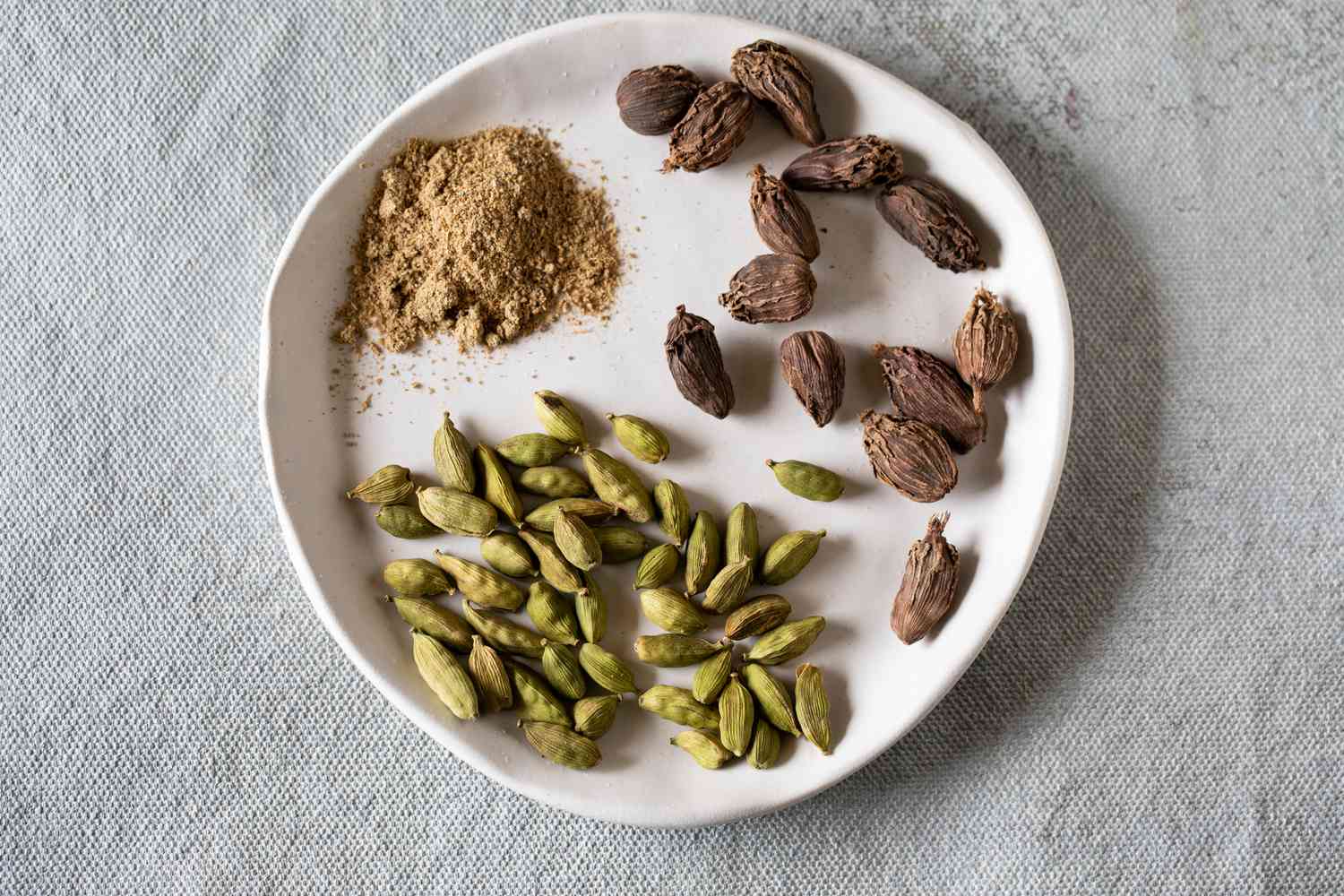
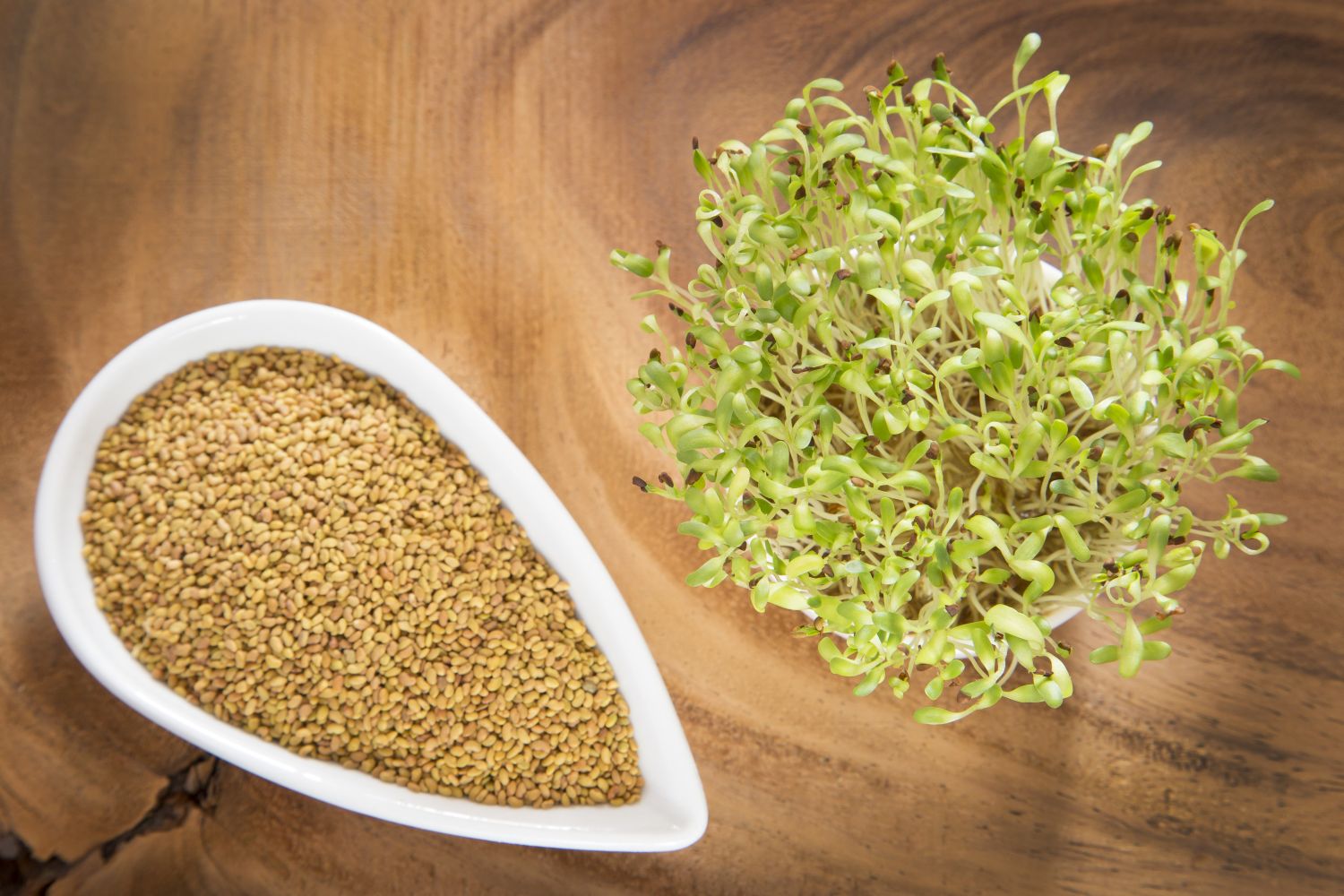
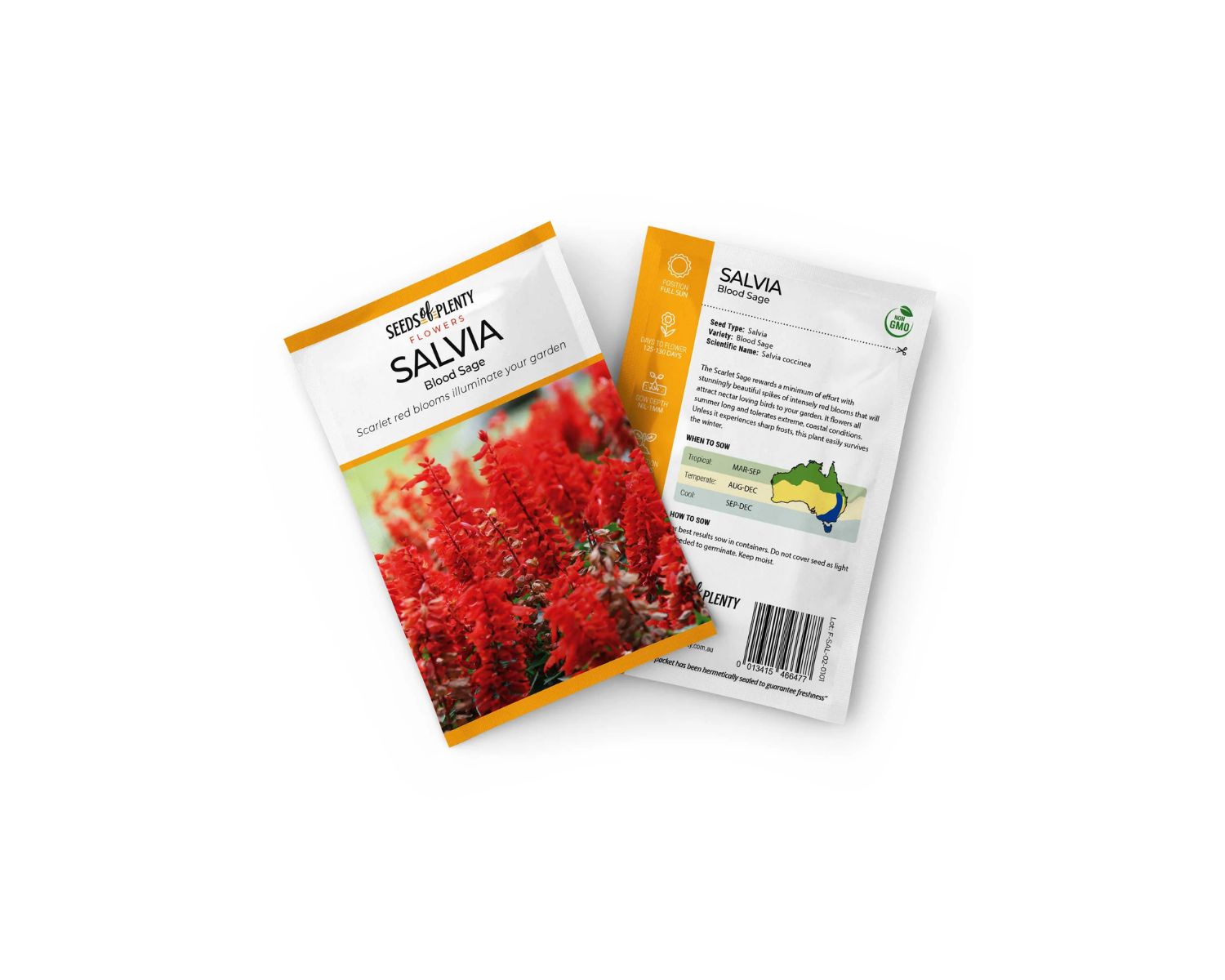
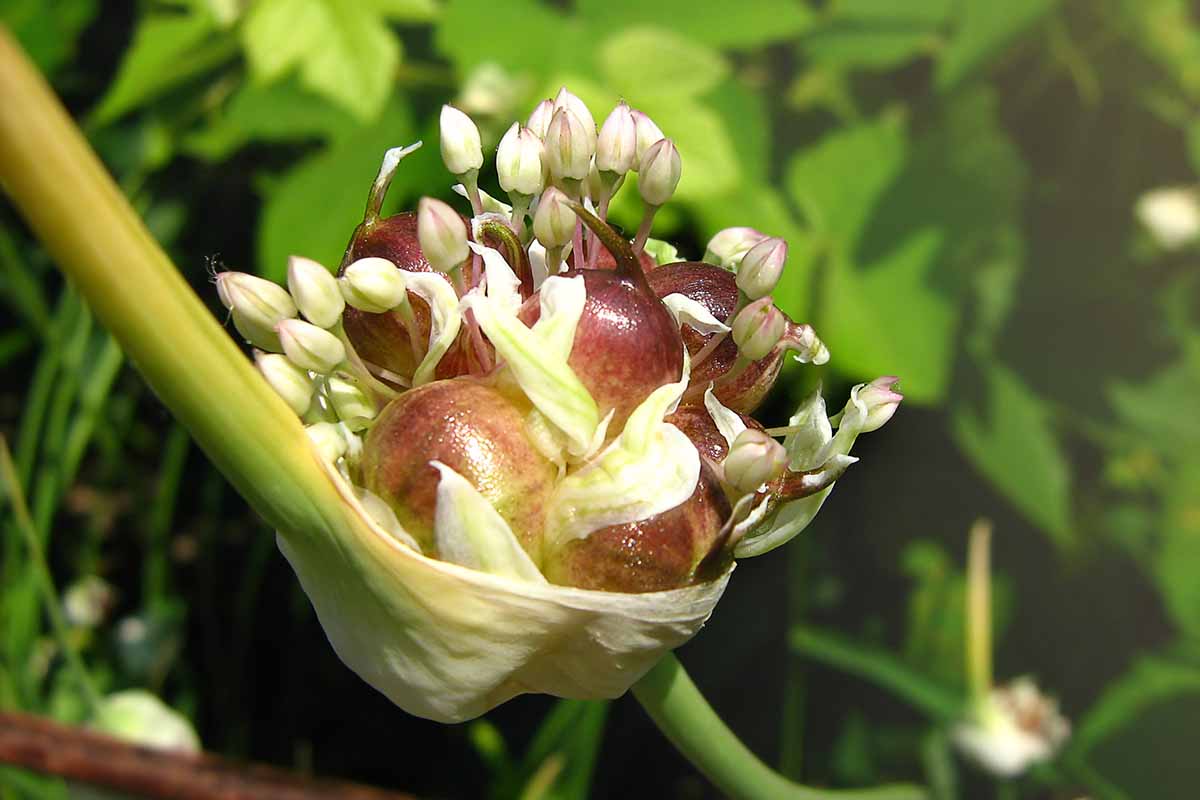
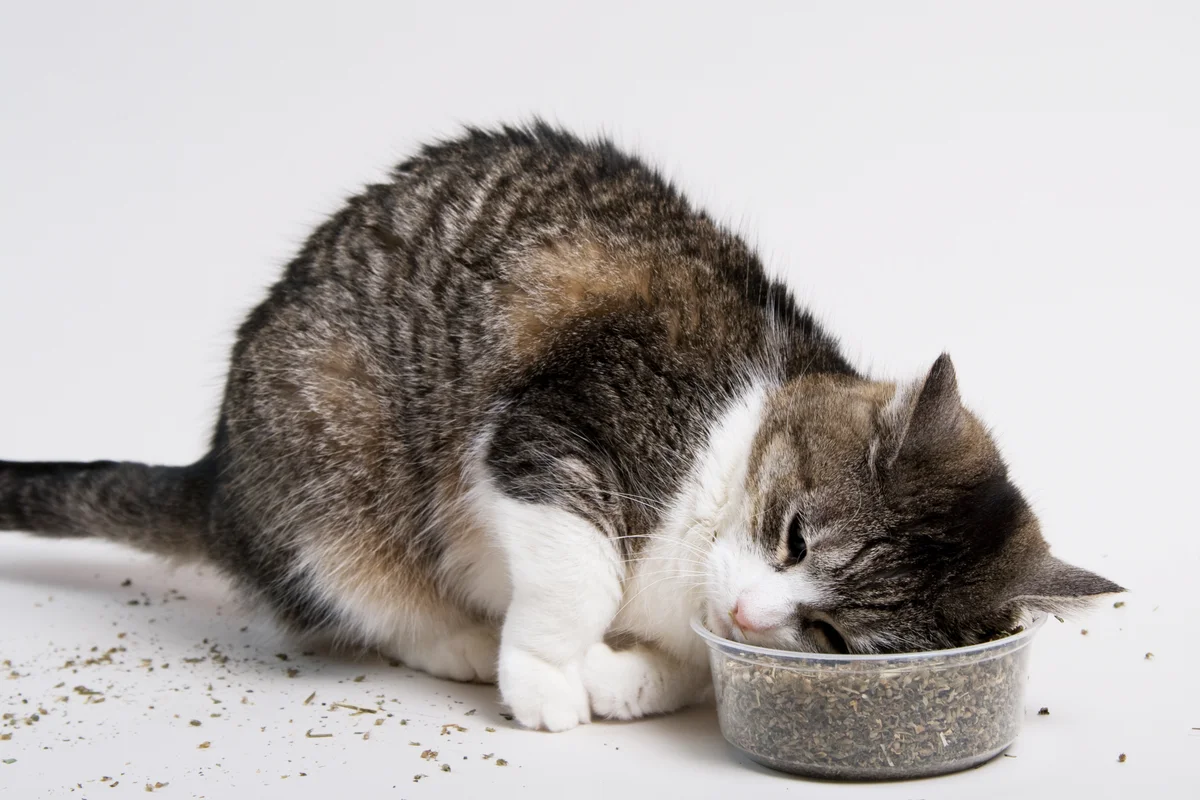
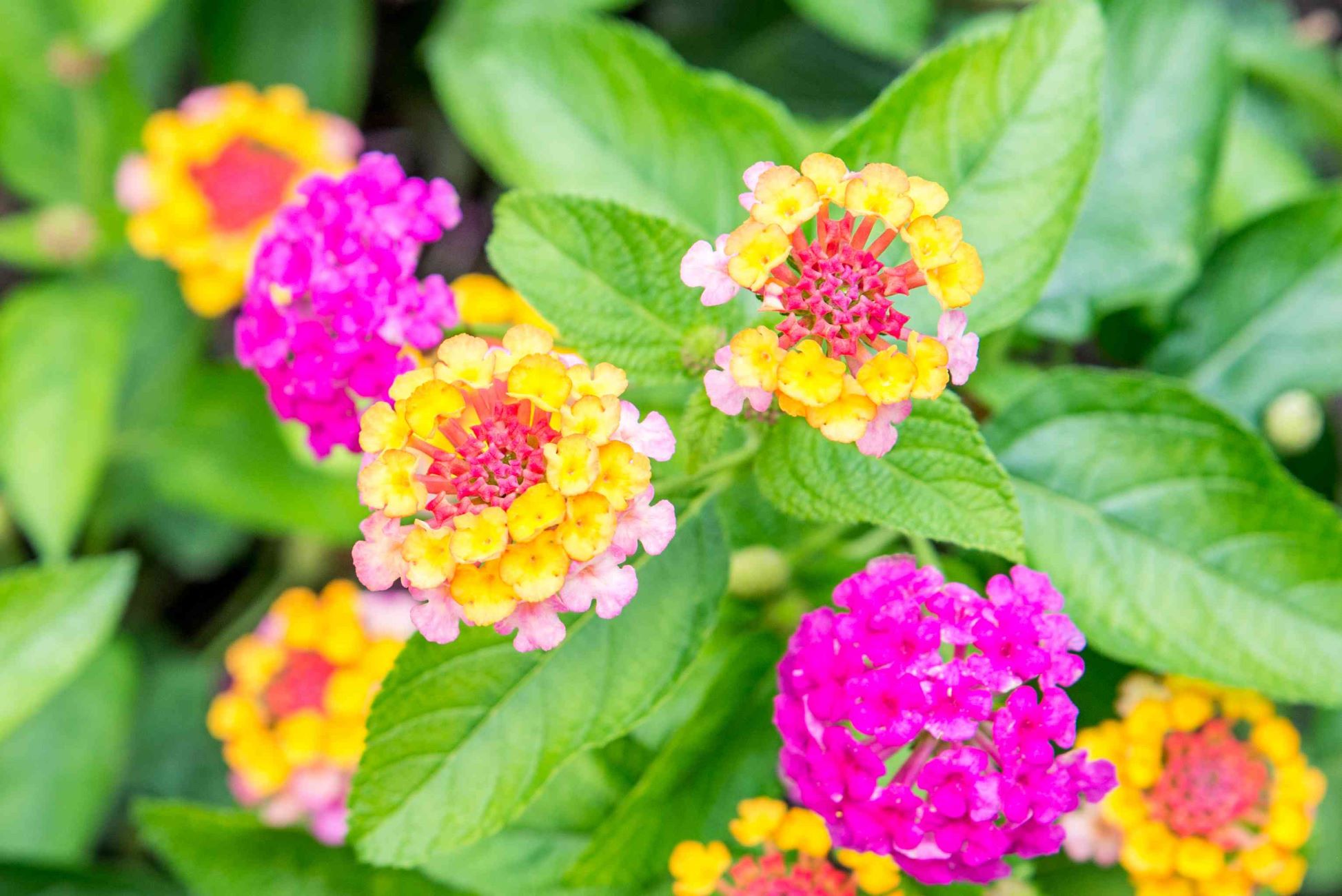
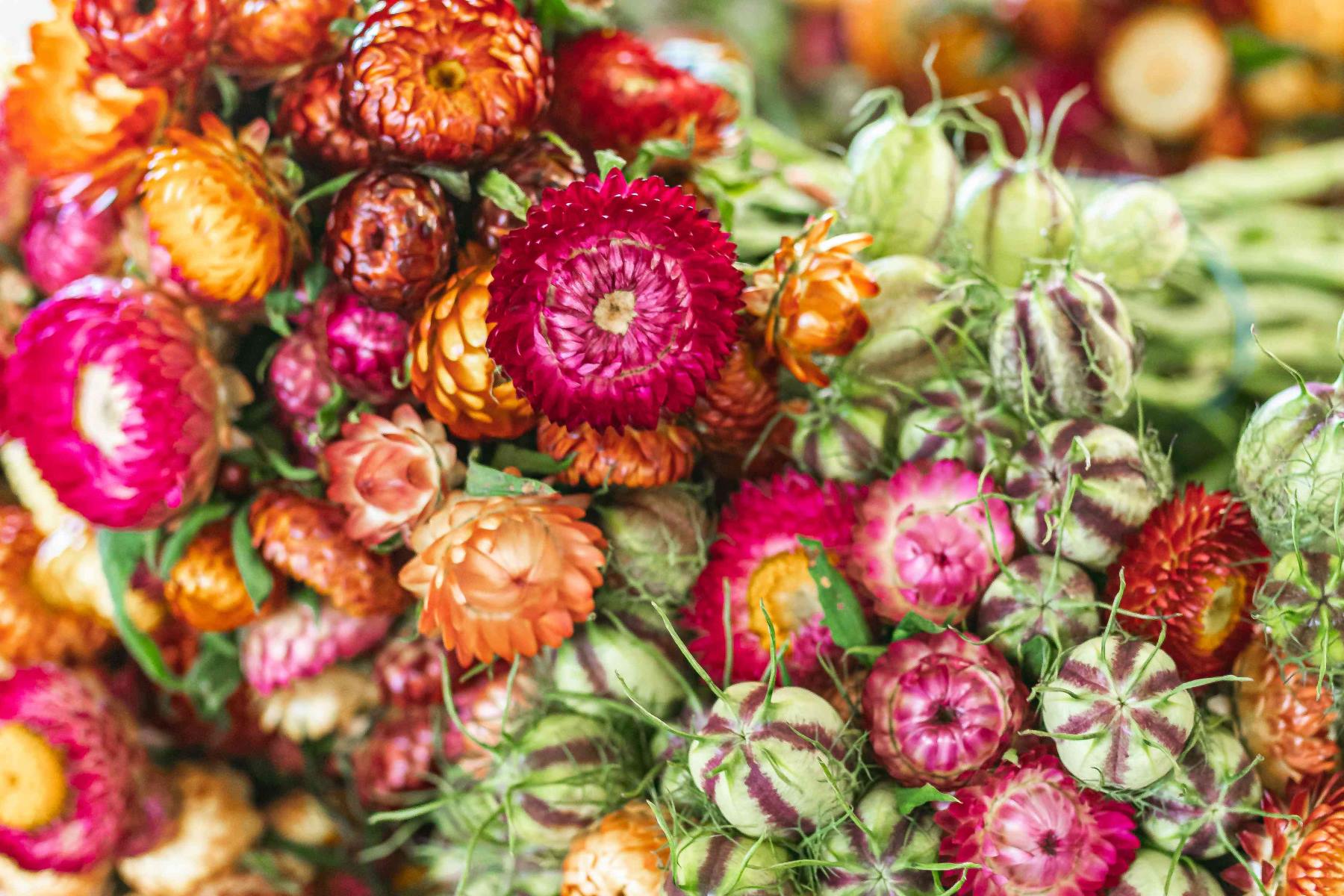
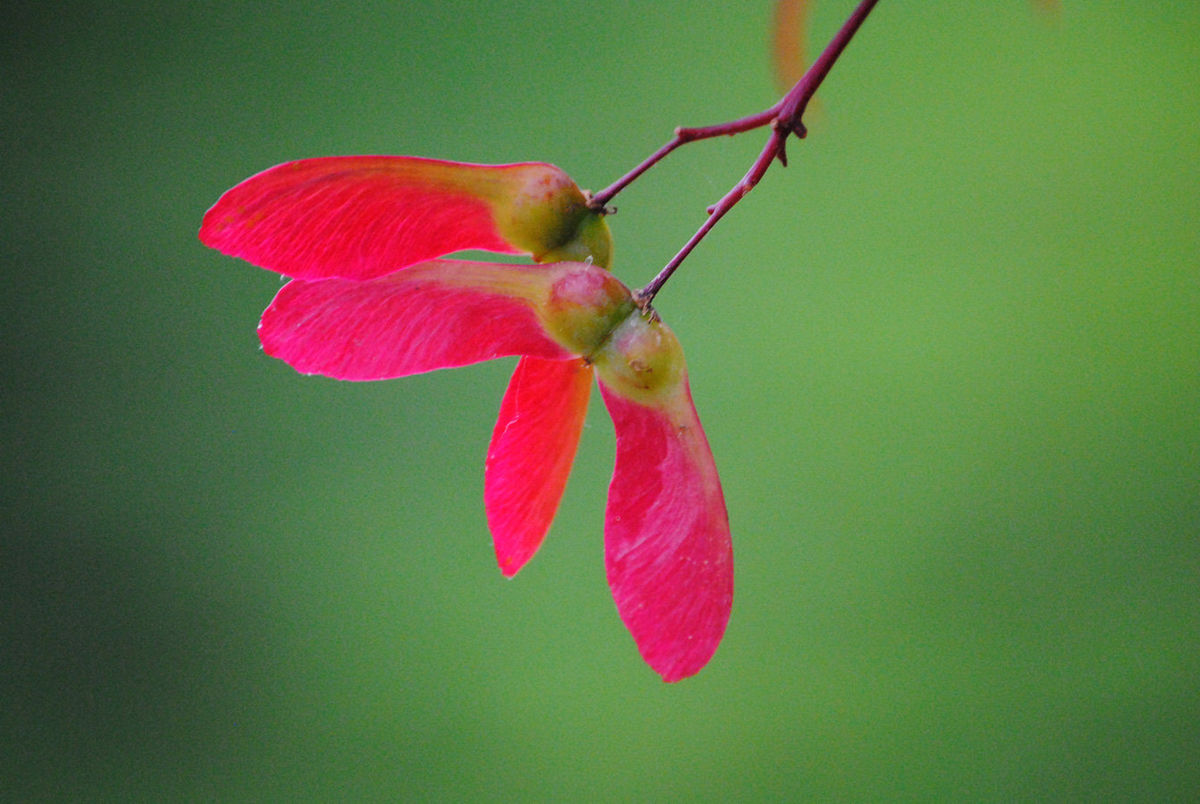
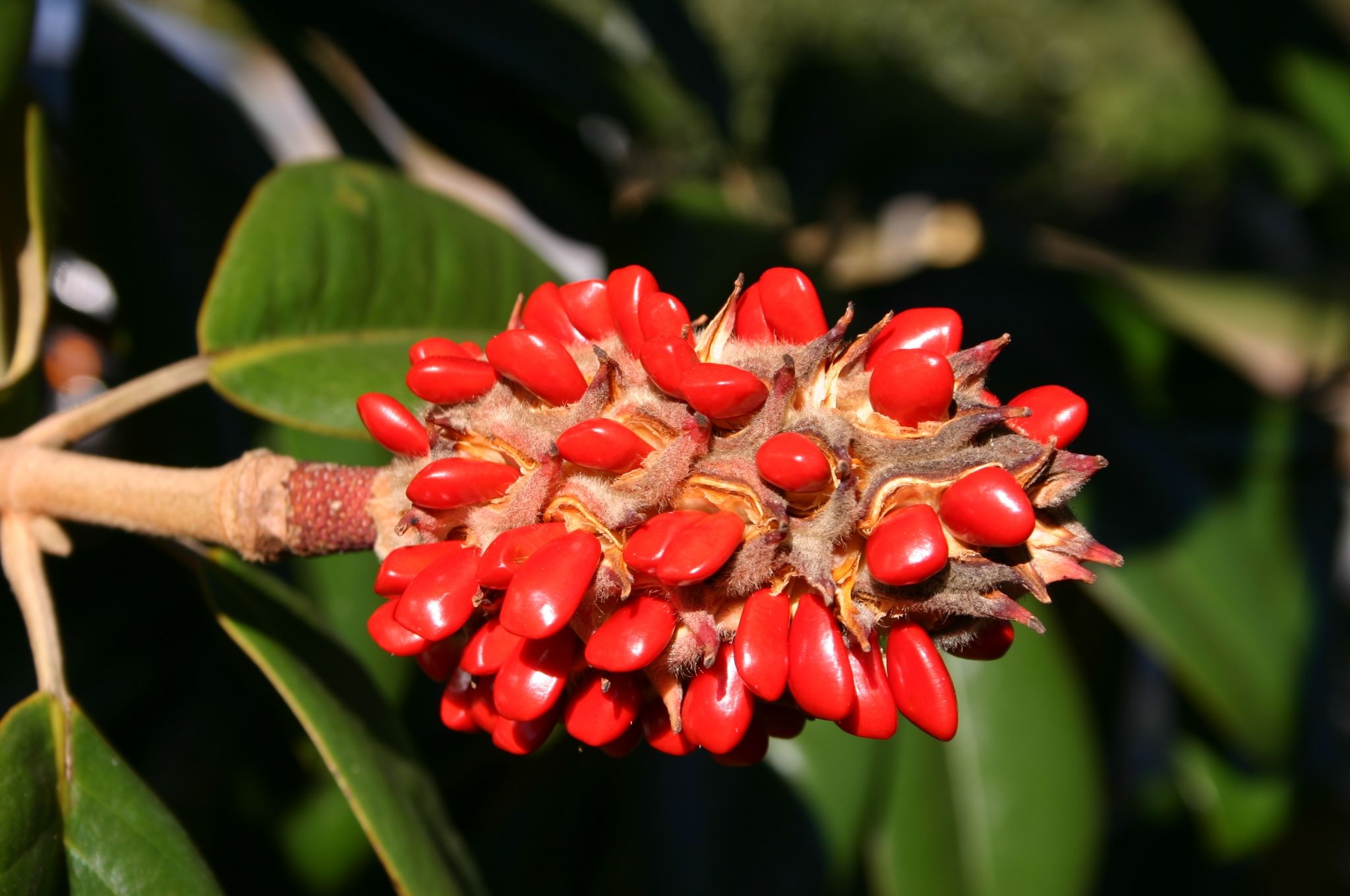
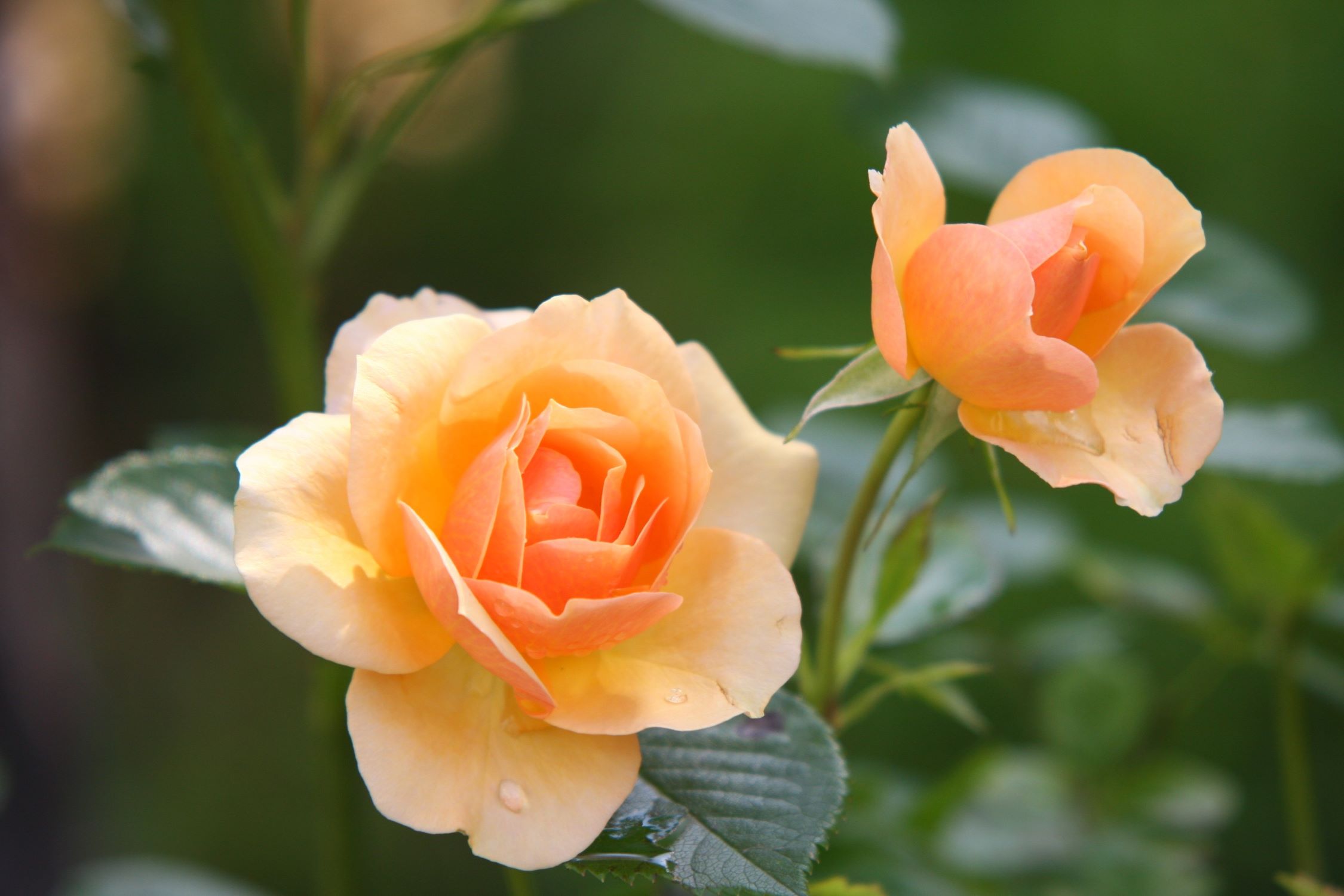
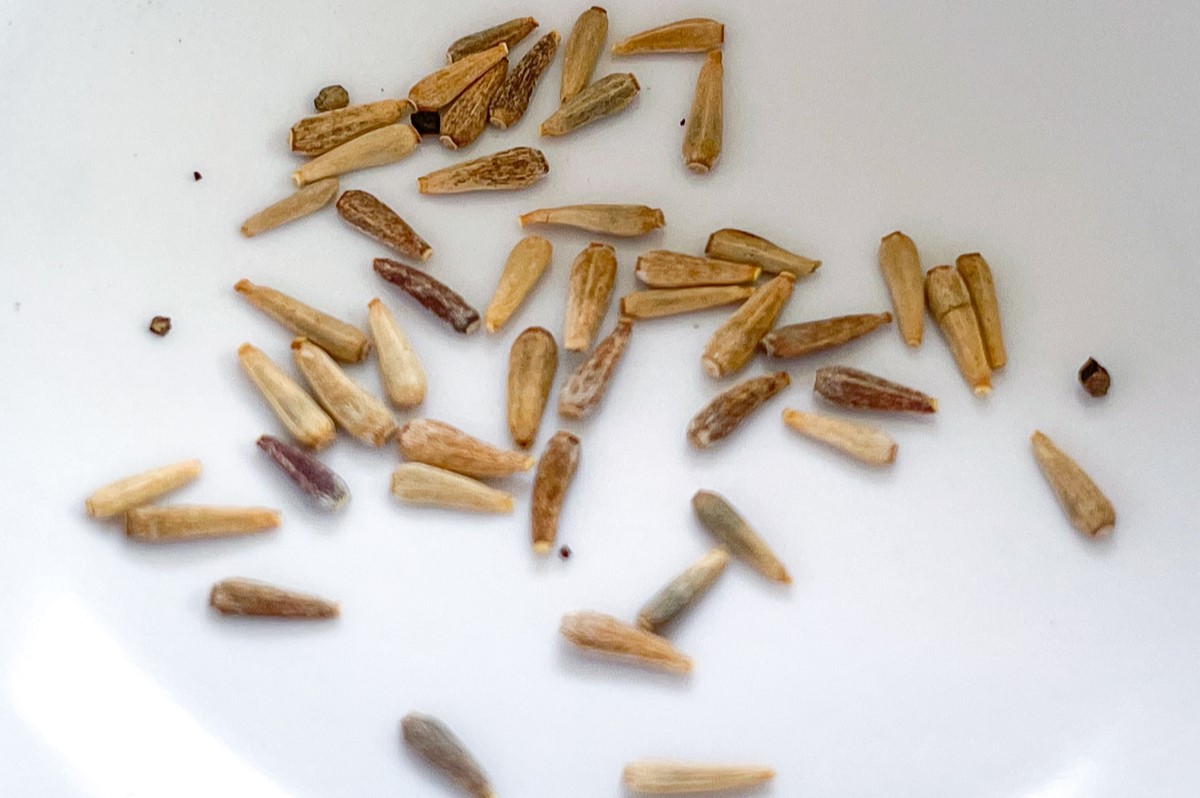
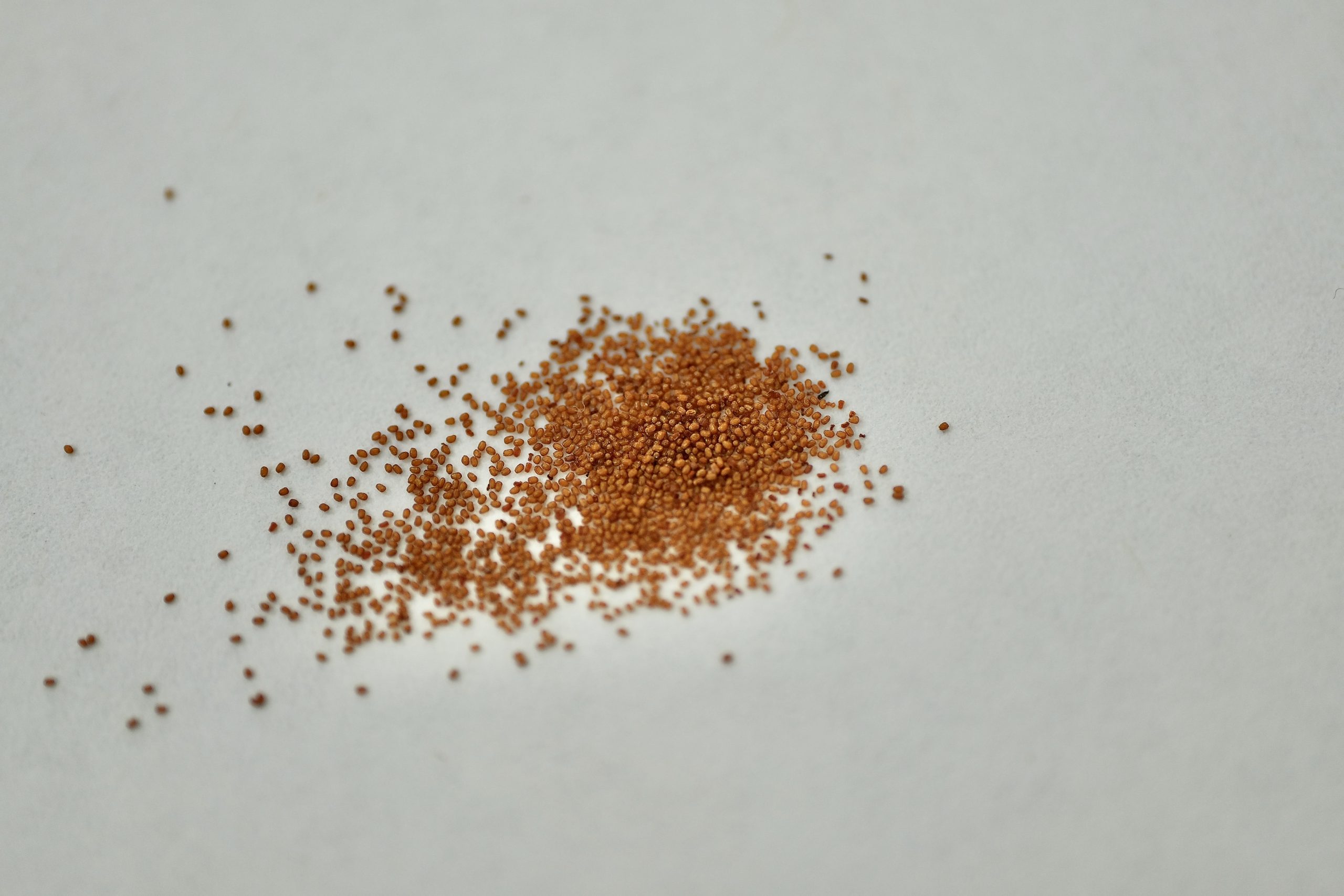

0 thoughts on “What Do Mum Seeds Look Like”